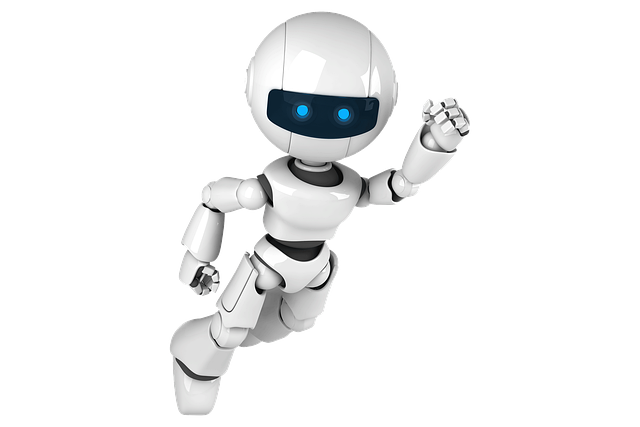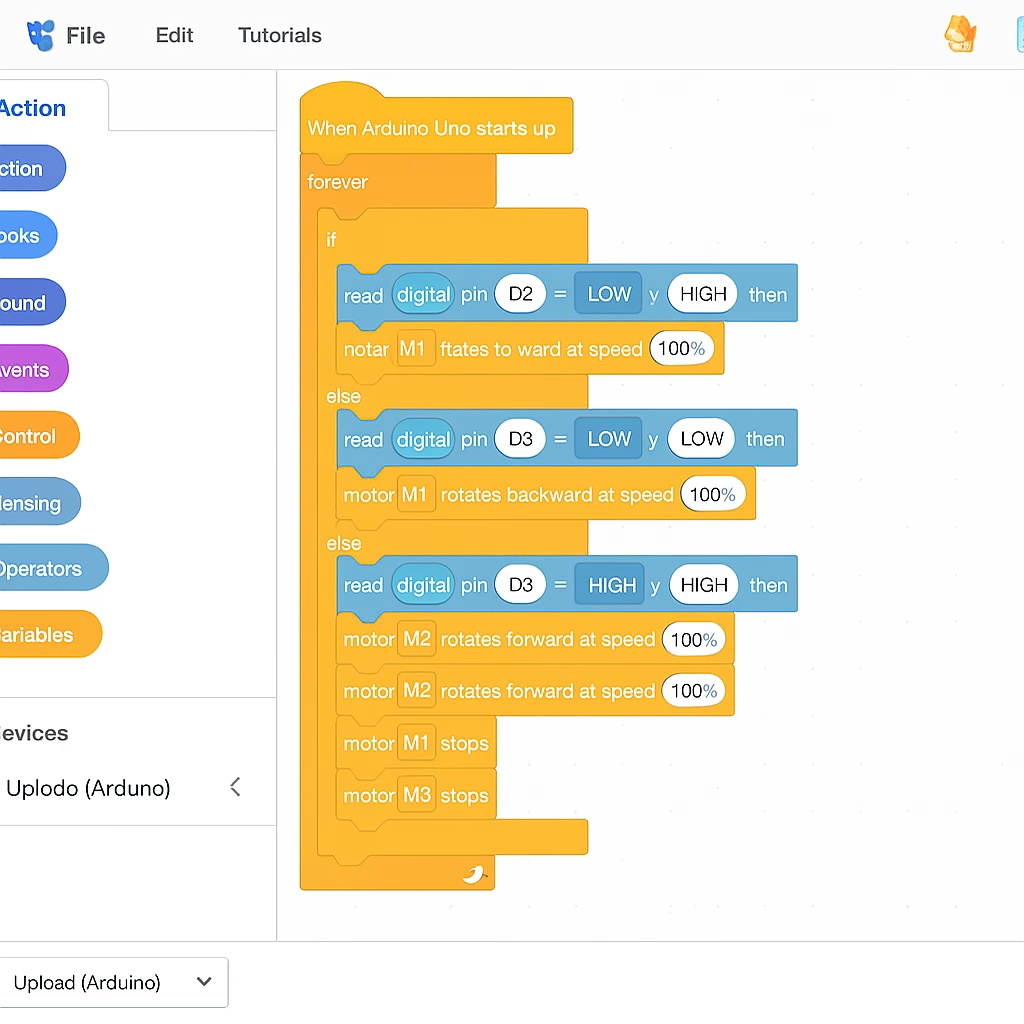To prevent a device, such as a drone or robot, from falling from height, you would typically use a combination of sensors and control systems, rather than a single Arduino component. The key sensors and components you would need include:
- Accelerometer and Gyroscope (IMU): An Inertial Measurement Unit (IMU) consisting of accelerometers and gyroscopes can measure the device’s orientation, angular velocity, and acceleration. These sensors help the device maintain its stability and detect if it’s tilting or falling.
- Altitude Sensor: To measure the altitude or height above the ground or a reference point, you can use a barometric pressure sensor or a laser-based range finder. This information is critical for maintaining altitude and preventing falls.
- Ultrasonic or LiDAR Sensors: Ultrasonic or LiDAR (Light Detection and Ranging) sensors can provide distance measurements to obstacles or the ground. They are commonly used in drones and robots for terrain following and collision avoidance.
- PID Controller: A Proportional-Integral-Derivative (PID) controller is a control loop feedback mechanism used to maintain stability. It can adjust motor or actuator outputs based on sensor feedback to maintain desired positions and orientations.
- GPS Module (for outdoor use): If your device operates outdoors, a GPS module can provide position and altitude information. It’s especially useful for drones that require GPS for navigation.
- Motor or Thruster Control: To adjust the device’s position and altitude, you’ll need control over the motors, thrusters, or actuators. This control allows you to make adjustments based on sensor data to keep the device stable.
- Arduino or Microcontroller: The Arduino or a microcontroller is the brain of your device, responsible for processing sensor data and implementing control algorithms.
- Wireless Communication: To receive commands or transmit telemetry data, you’ll need wireless communication, such as Wi-Fi, Bluetooth, or radio modules.
- Power Supply and Battery Management: A stable power supply and a battery management system are crucial for uninterrupted operation. The power system should include fail-safes to ensure the device doesn’t fall due to power loss.
- Safety Protocols: Implement safety protocols and fail-safe mechanisms in your control software. For example, you might include routines that initiate a safe landing if certain sensors detect a critical issue.
The specific components and sensors you choose depend on the type of device you’re building and its intended application. Drones, for example, may have a different set of sensors and control systems compared to a ground-based robot. It’s essential to integrate these components and sensors effectively and program the Arduino or microcontroller to respond to sensor data and control the device accordingly to prevent falls.









